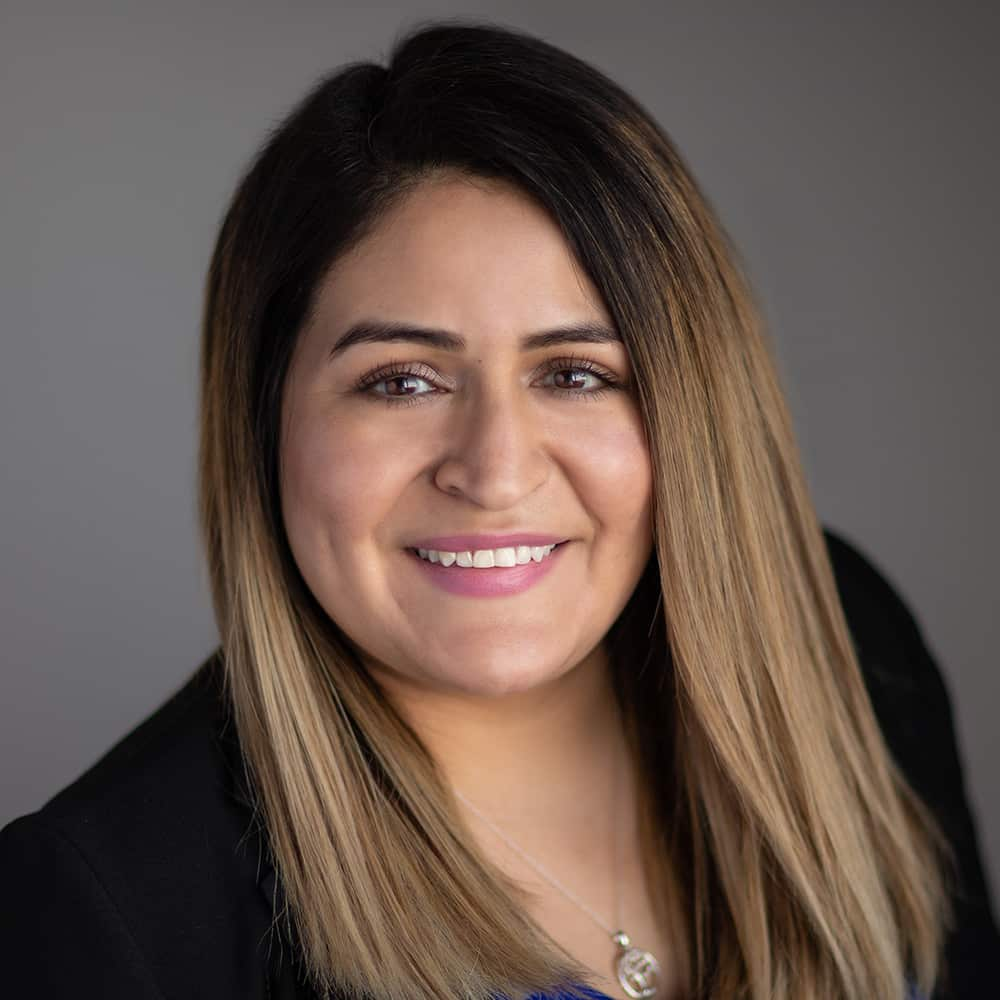Checking accounts are crucial in supporting our everyday financial needs, whether paying bills, making purchases or managing a budget.
While a checking account may seem like just another type of bank account, there’s more to it than you might think! That’s why taking the time to find the best checking account for your needs is so important.
Read the below list of checking account types and learn more from Diane Cruz, Centris’ Assistant Vice President of Retail Financial Services, and Tara Rasmussen, Centris’ Assistant Vice President of Retail Products, about what to look for in a checking account.
Types of Checking Accounts
All checking accounts perform the same essential functions. They allow you to:
- Write checks
- Make purchases with a debit card
- Deposit and withdraw at ATMs
While they all offer the same functions, there are often unique checking account characteristics depending on their type that may help you with your finances, such as earning dividends or rewards or offering overdraft forgiveness.
Basic, Student & Senior Checking Accounts
Basic, senior and student checking accounts all handle straightforward transactions with little to no frills. These checking account examples may offer benefits for students and seniors, such as limited fees, overdraft services and other perks like free checks.
Cruz adds, “[Student checking accounts] can be a great option for someone’s first checking account because this bank account type often has overdraft services and budgeting tools to help people learn how to manage money and avoid common pitfalls like overspending or accumulating unnecessary fees.”
Rasmussen says, “[These different checking account types] can also be great budgeting and savings tools when used correctly. A checking account is a place where your money goes not only to pay bills and buy the necessities but can also allow you to transfer money to a savings account.”
These standard checking accounts are typically non-interest bearing, meaning you likely won’t earn dividends on your money. Some banks or credit unions may have monthly service fees for these more traditional checking accounts. However, these fees may be waived by meeting specific requirements, like opting into electronic statements.
Interest-Bearing Checking Accounts
Interest-bearing checking accounts earn you dividends on your money. The dividend rate (APY) you earn can either be a flat rate or dependent on the account balance. That usually means the more you have in the account, the higher APY you earn. It is typical for checking accounts with interest-earning abilities to have additional requirements and monthly maintenance fees associated with them.
“Fees are often more prevalent with accounts like these,” says Rasmussen. “There may be minimum balance requirements, debit card usage thresholds, direct deposit or minimum spend amounts you must meet to avoid fees.”
Suppose you’re confident you can regularly meet the requirements of an interest-bearing checking account. In that case, Cruz thinks, “It might be a good option for you, especially if you want to earn dividends while keeping your money easily accessible.”
Rewards Checking Accounts
Have you ever wanted the perks of a credit card for your checking account? Then, a rewards checking account might your top checking account option.
These checking accounts offer rewards through consumer incentives or perks, such as higher APY than basic checking accounts, cashback, cell phone insurance, shopping discounts and more. Like an interest-bearing checking account, you may have to meet more requirements to avoid specific fees and receive the rewards.
Rasmussen cautions, “Be aware of what requirements you can easily meet. If you struggle to keep up with the requirements every month, it may be better for your overall financial health to consider a different checking account.”
No-Fee Checking Accounts
Checking accounts with no fees are typically a truly free way to bank. These regular checking accounts do not charge fees based on your daily activities, so you likely won’t have to meet requirements such as a minimum balance, debit card usage threshold or minimum spending amounts.
While you won’t be paying any fees, you may not receive the same benefits as other checking accounts. For example, Rasmussen says, “A no-fee checking account may not offer overdraft services. So, if you don’t have sufficient funds, your transaction may decline instead of going through.” This can be helpful in avoiding fees or account issues, but it might be inconvenient if you do not have a backup form of payment.
Online-Only Checking Accounts
If you’re tech-savvy, an online-only checking account might be what to look for when opening a bank account. These are just like basic checking accounts, except you do everything online instead of opening an account at a physical branch. Many of these online-only checking accounts offer tools for budgeting and tracking expenses, which can be a big plus for those looking to stay on top of their finances.
Cruz states, “[Online-only checking accounts] can be perfect for those who don’t mind not having a physical branch to go to. Just remember that you won’t have a branch to deposit cash!”
How to Choose the Right Checking Account For You
So, now you know the basics about the types of checking accounts. But how do you determine which might be a good fit for you?
Cruz and Rasmussen have some great tips when choosing a checking account. “First,” Cruz says, “you need to determine your goal. Are you looking for an account to complete everyday transactions, or would you like to earn more in dividends while still having your money easily accessible? Think about what you want the account to do for you.”
Once you’ve chosen the general type of bank account that would best fit your goals, you can start getting more granular in what you’re looking for. This is when you can compare checking accounts based on your needs and spending habits.
Some items to consider when comparing bank accounts might be:
- Online versus In-Person Experience
- Minimum Balance Requirements
- ATM Access and Network
- Overdraft Protection
- Customer Service – Accessibility, availability of live support and branch access
- Dividend Rate (APY)
- Fees – Monthly maintenance, ATM, overdraft, foreign transaction, etc.
- Digital – Mobile apps, online bill pay, mobile check deposit, etc.
There are many items to consider before choosing a checking account. To simplify, Rasmussen suggests, “Choose your top three to four most important features for a checking account and compare from there. Going too broad in your search could get overwhelming quickly!”
Once you’ve found an account you see yourself in, it could be time to switch banks or credit unions!
Stay on Top of Your Checking Account
Making that checking account work for your financial needs and goals doesn’t stop at opening the account! It’s important to monitor your spending throughout the lifetime of the account. This can help you meet any account requirements and stay on top of your budget.
Rasmussen recommends setting up alerts for balance thresholds to notify you when your balance is about to dip below a certain amount. This could help with any minimum balance requirement the account may have. You can also use tools to track your spending and keep an eye on fees. To further avoid surprises, Rasmussen recommends reconciling your monthly statements to your own records regularly.
Cruz and Rasmussen also emphasize the importance of setting up security measures. “Setting up alerts for unusual activity is always a good route. There’s no harm in doing so, and it might help you catch a fraud or scam before it’s too late,” says Cruz. For more on how to keep your new checking account safe, visit our Cybersecurity Center.
Having a checking account that works for you can positively impact your financial well-being and make banking more convenient. If you’re looking for a new checking account in the Nebraska and Iowa areas, Centris Federal Credit Union can help! We have financial experts like Cruz and Rasmussen who are ready to help you find the right account.
Federally Insured by NCUA.





